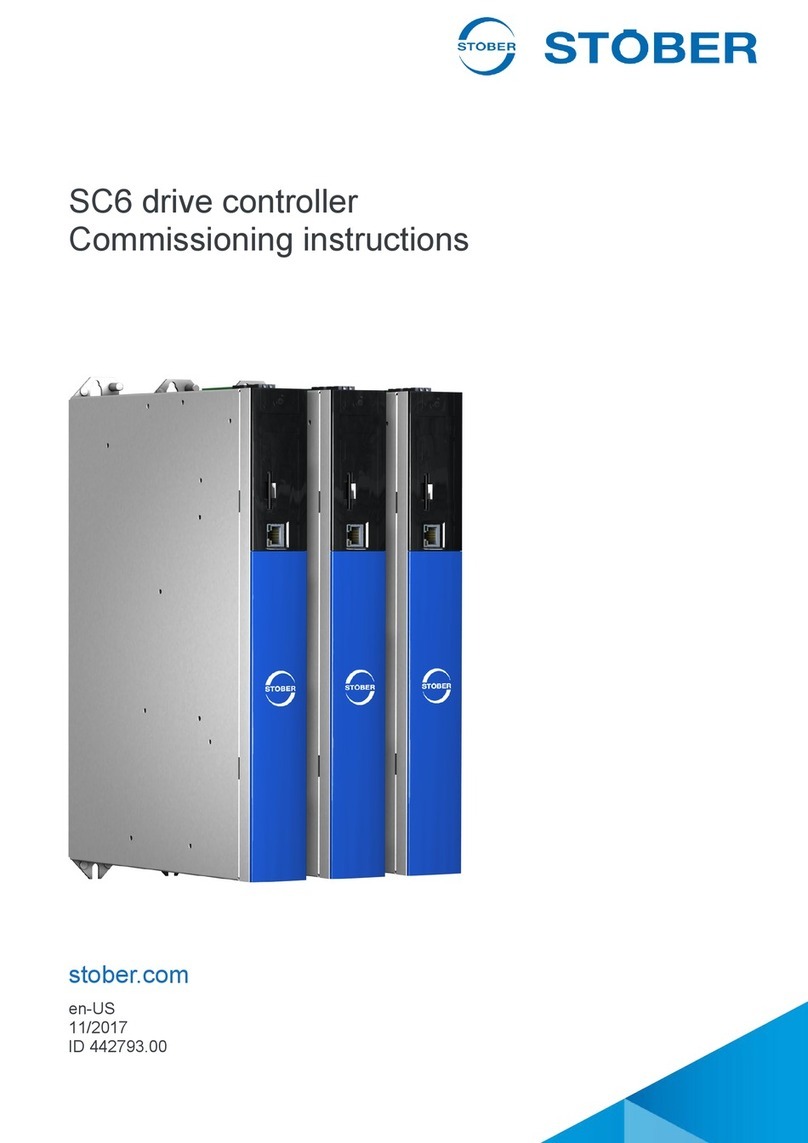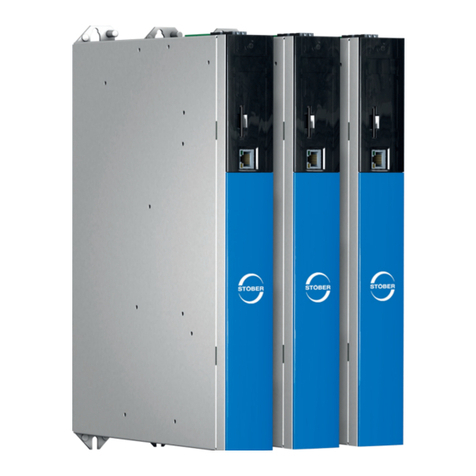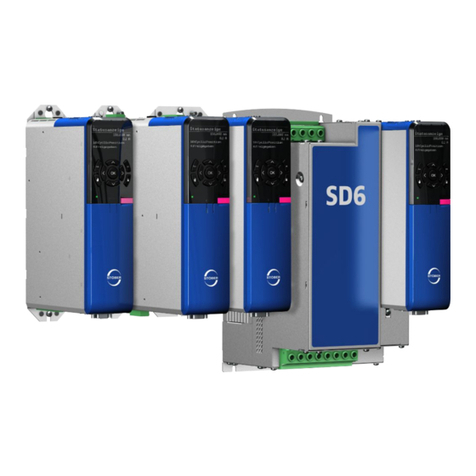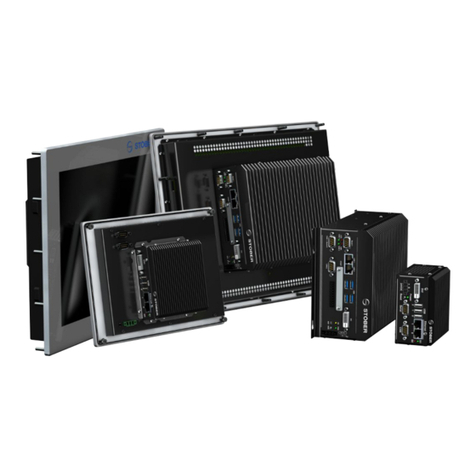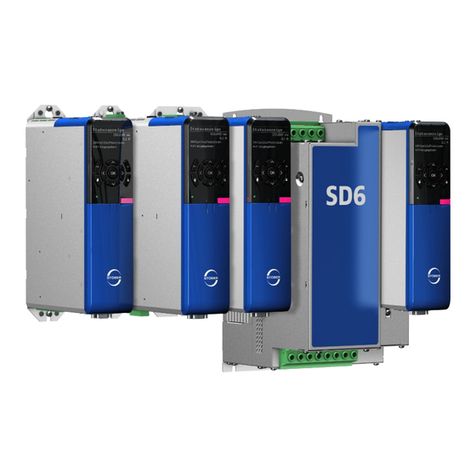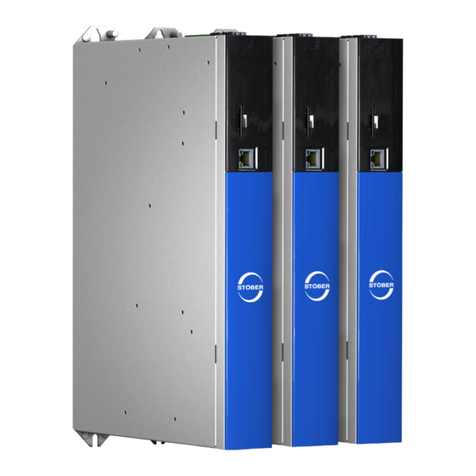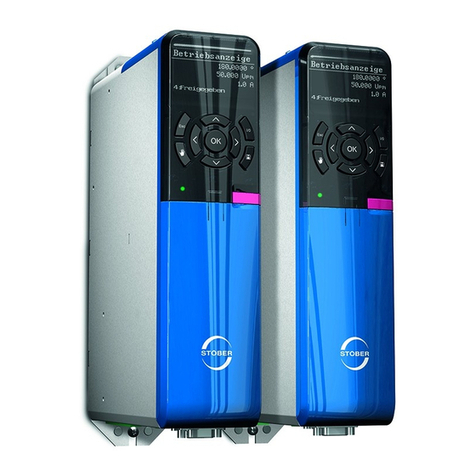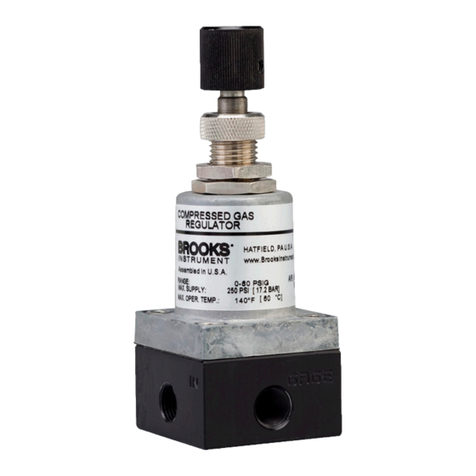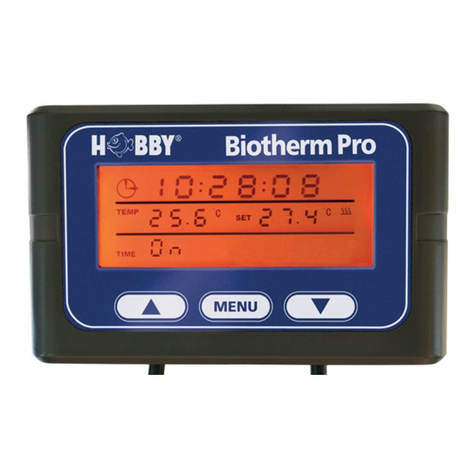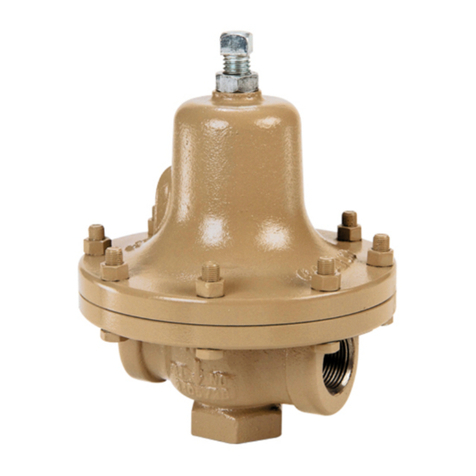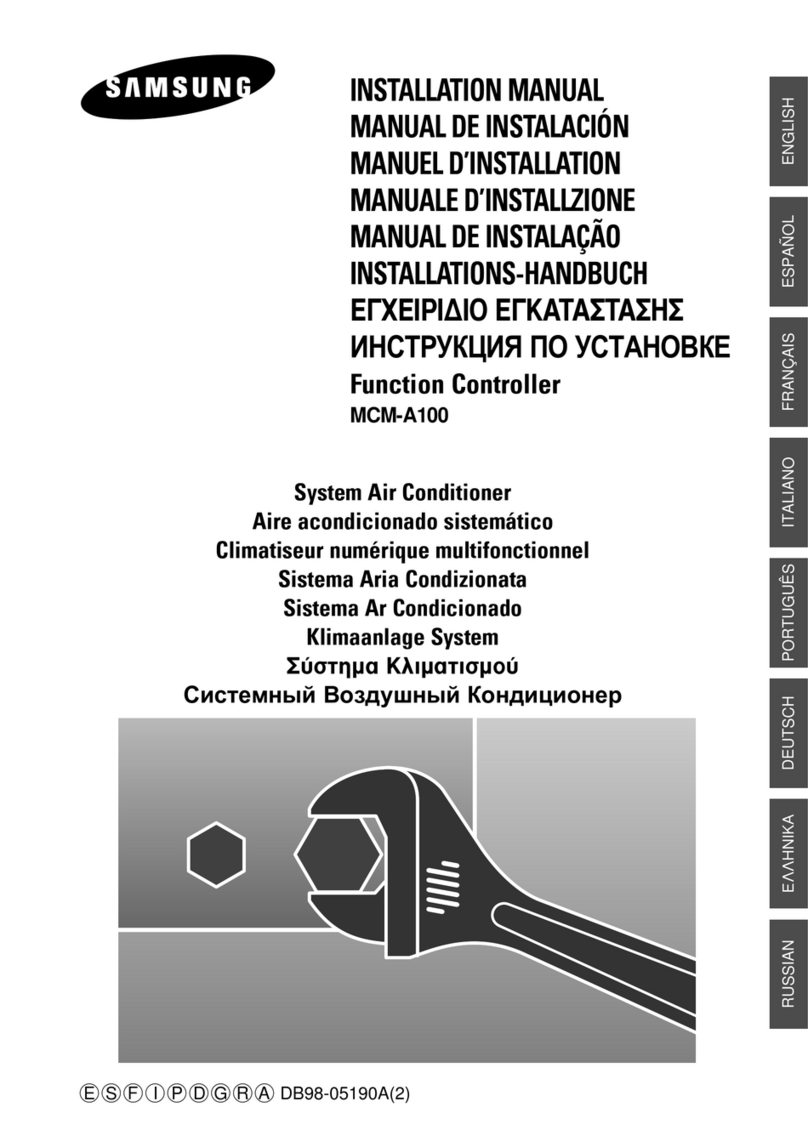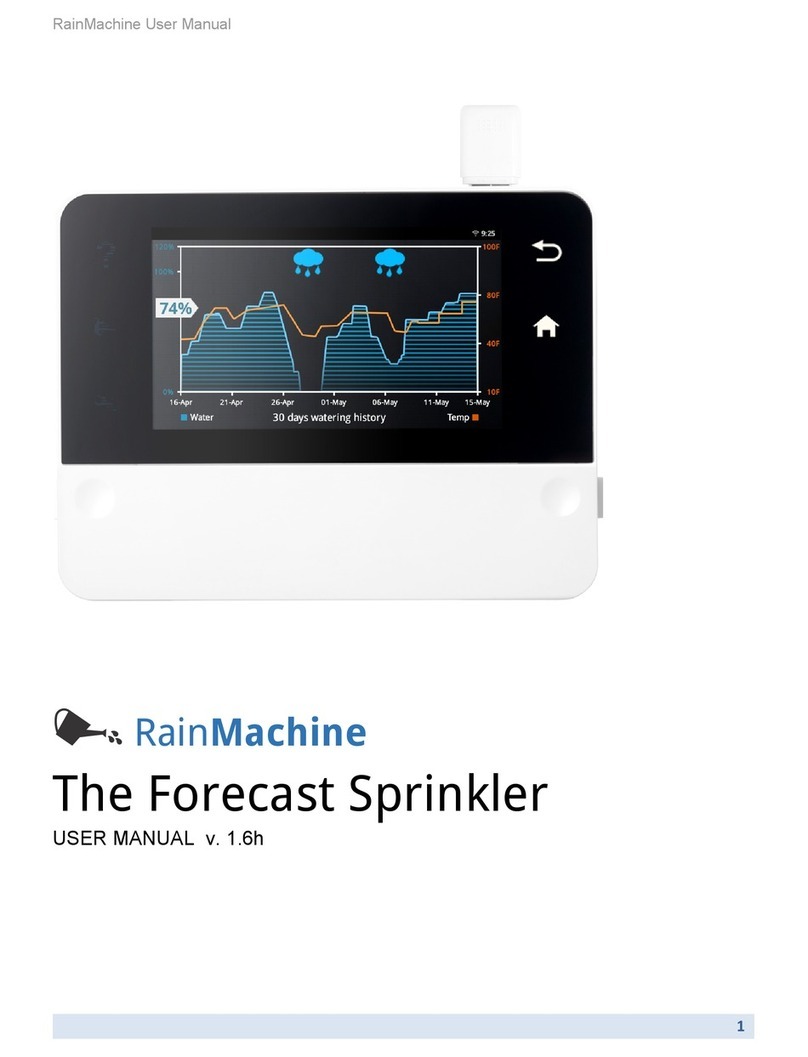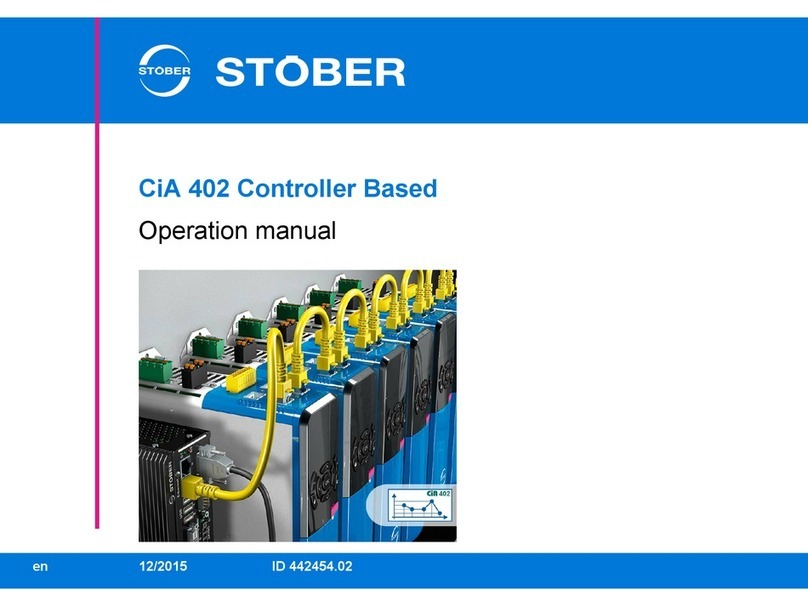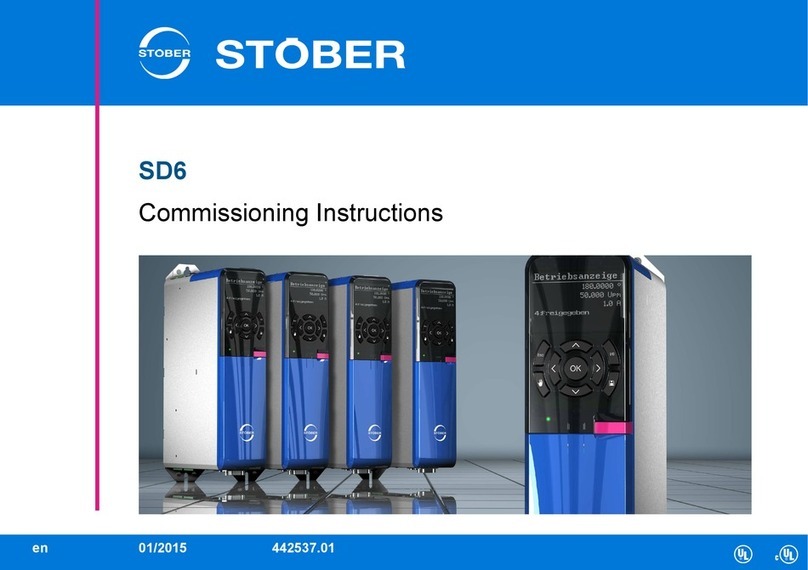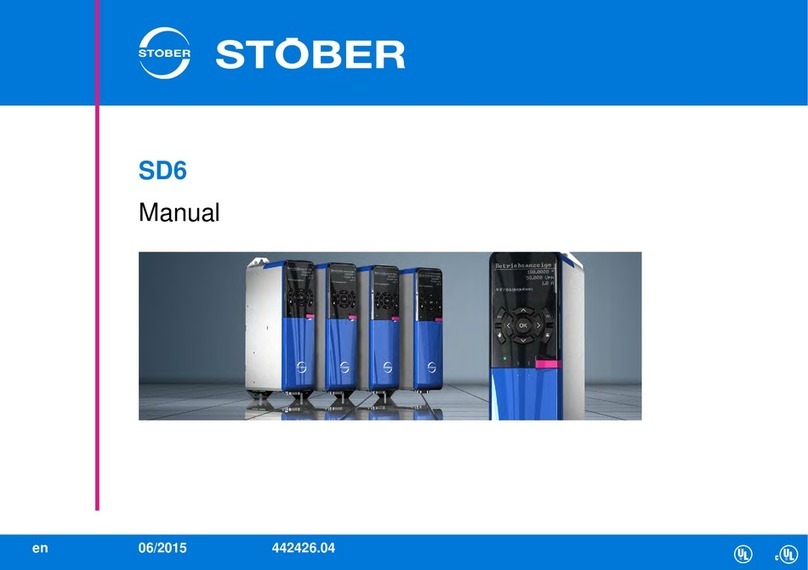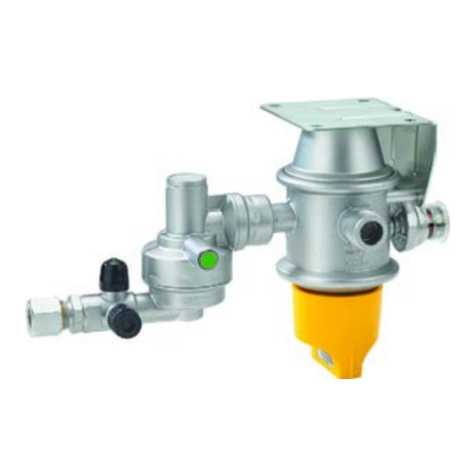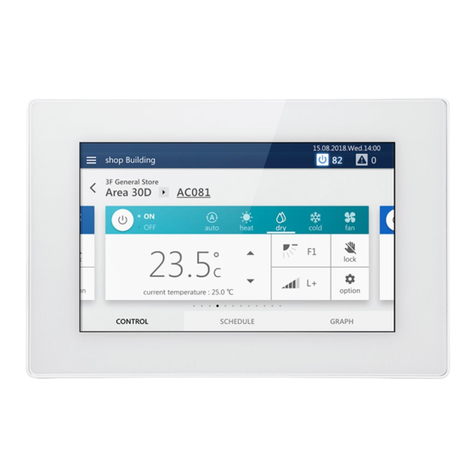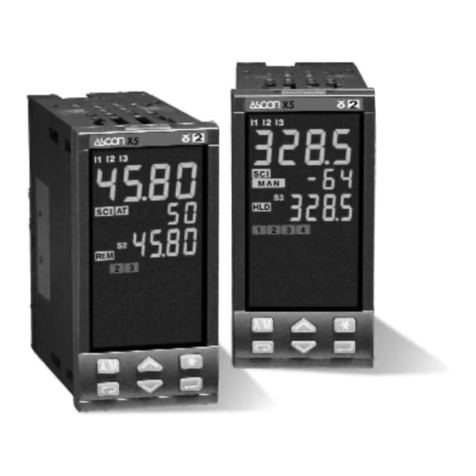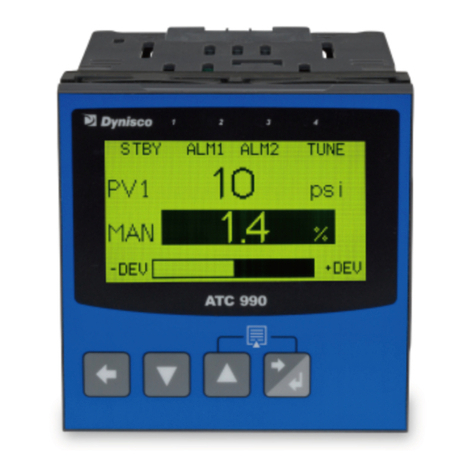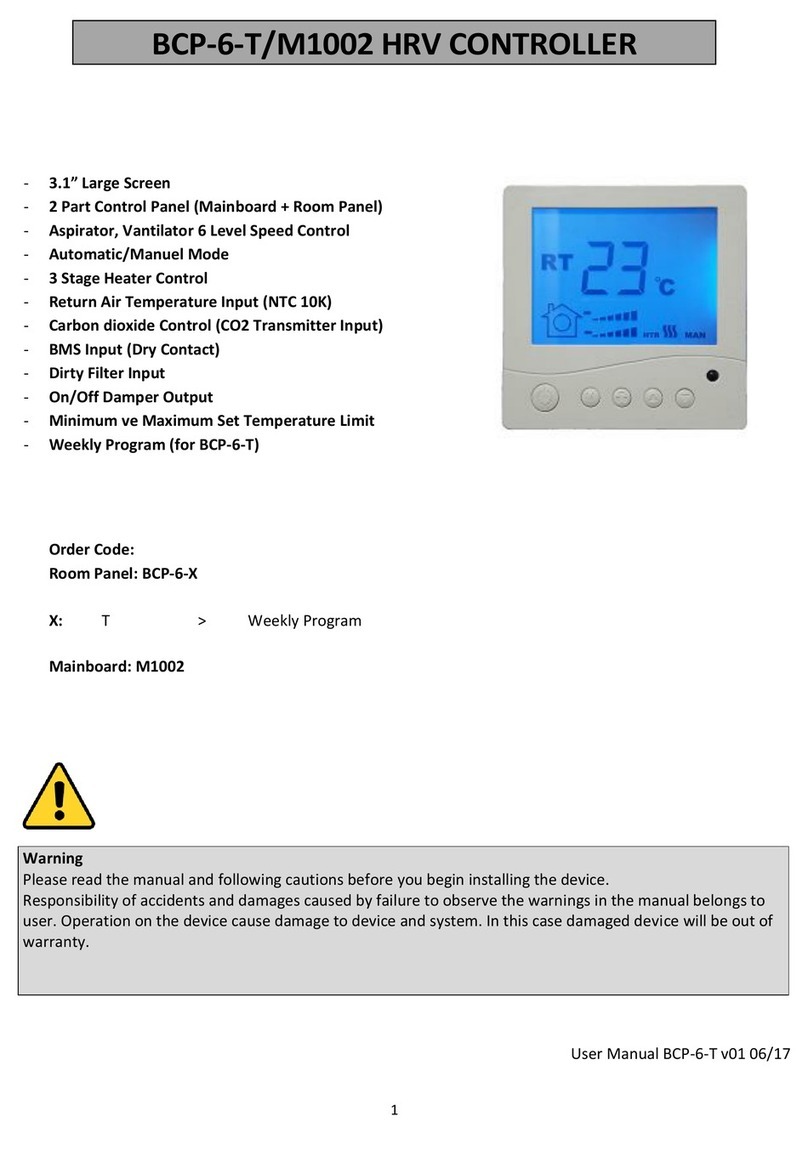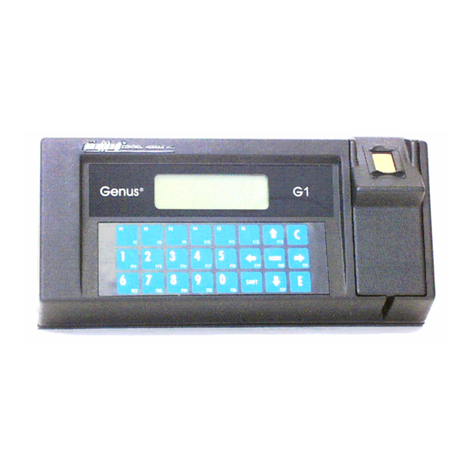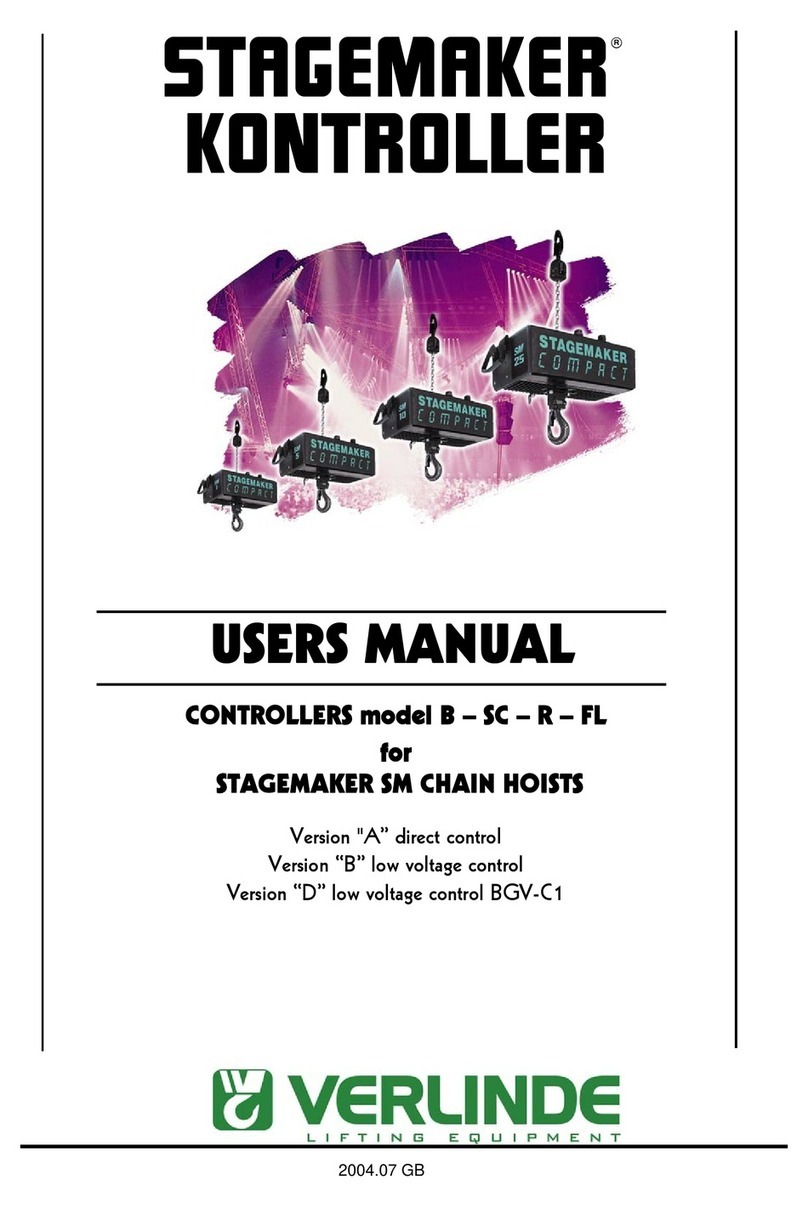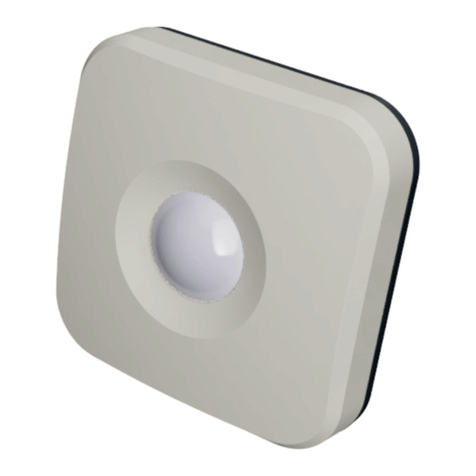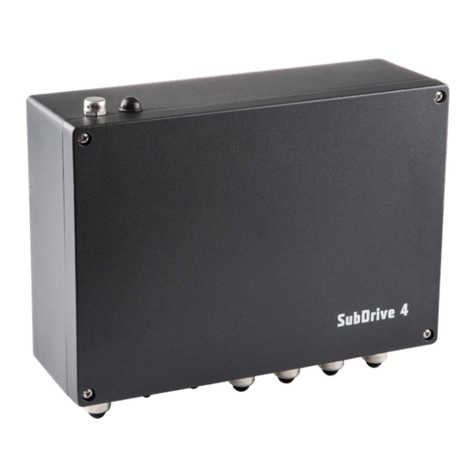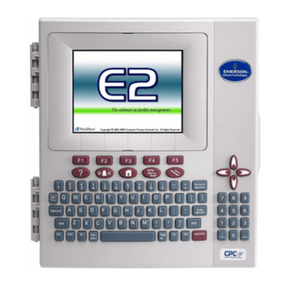
STOBER Table of contents
02/2020 | ID 442516.07
iii
8 Commissioning ........................................................................................................................................................ 23
8.1 DS6: Configuring the drive controller .................................................................................................................... 24
8.1.1 Initiating the project ............................................................................................................................. 24
8.1.2 Parameterizing general EtherCAT settings ........................................................................................... 25
8.1.3 Configuring PDO transmission .............................................................................................................. 26
8.1.4 Mapping the mechanical axis model .................................................................................................... 27
8.1.5 Synchronizing EtherCAT nodes ............................................................................................................. 30
8.1.6 Transmitting and saving the configuration........................................................................................... 30
8.2 AS6: Putting the EtherCAT system into operation ................................................................................................. 32
8.2.1 Creating a standard project .................................................................................................................. 32
8.2.2 Adding a drive controller ...................................................................................................................... 32
8.2.3 Configuring synchronization using distributed clocks........................................................................... 33
8.2.4 Parameterizing a SoftMotion axis......................................................................................................... 34
8.2.5 Configuring EoE communication........................................................................................................... 35
8.2.6 Identifying a MC6 motion controller .................................................................................................... 35
8.2.7 Transmitting a project configuration .................................................................................................... 36
8.2.8 Checking the functionality of the axes.................................................................................................. 36
8.2.9 Special case: Adding to the PDO transmission...................................................................................... 36
8.3 TwinCAT 3: Putting the EtherCAT system into operation ......................................................................................38
8.3.1 Creating and exporting an ESI file......................................................................................................... 38
8.3.2 Activating the EtherCAT master............................................................................................................ 39
8.3.3 Scanning the hardware environment ................................................................................................... 40
8.3.4 Configuring synchronization using distributed clocks........................................................................... 41
8.3.5 Parameterizing an axis.......................................................................................................................... 42
8.3.6 Configuring EoE communication........................................................................................................... 43
8.3.7 Transmitting a project configuration .................................................................................................... 43
8.3.8 Checking the functionality of the axes.................................................................................................. 44
9 Monitoring and diagnostics ..................................................................................................................................... 45
9.1 Connection monitoring .......................................................................................................................................... 45
9.2 LED display ............................................................................................................................................................. 45
9.2.1 EtherCAT state ...................................................................................................................................... 45
9.2.2 EtherCAT network connection.............................................................................................................. 47
9.3 Events..................................................................................................................................................................... 48
9.3.1 Event 52: Communication..................................................................................................................... 49
9.4 Parameters............................................................................................................................................................. 50
9.4.1 A255 | EtherCAT Device State | V2 ...................................................................................................... 50
9.4.2 A256 | EtherCAT Address | V1 ............................................................................................................. 50
9.4.3 A257 | EtherCAT Diagnosis | V1 ........................................................................................................... 51
9.4.4 A259 | EtherCAT SM-Watchdog | V1 ................................................................................................... 52
9.4.5 A261 | Sync-Diagnostics | V1 ............................................................................................................... 52
10 Looking for more information about EtherCAT? ...................................................................................................... 53
10.1 EtherCAT ................................................................................................................................................................ 53




















